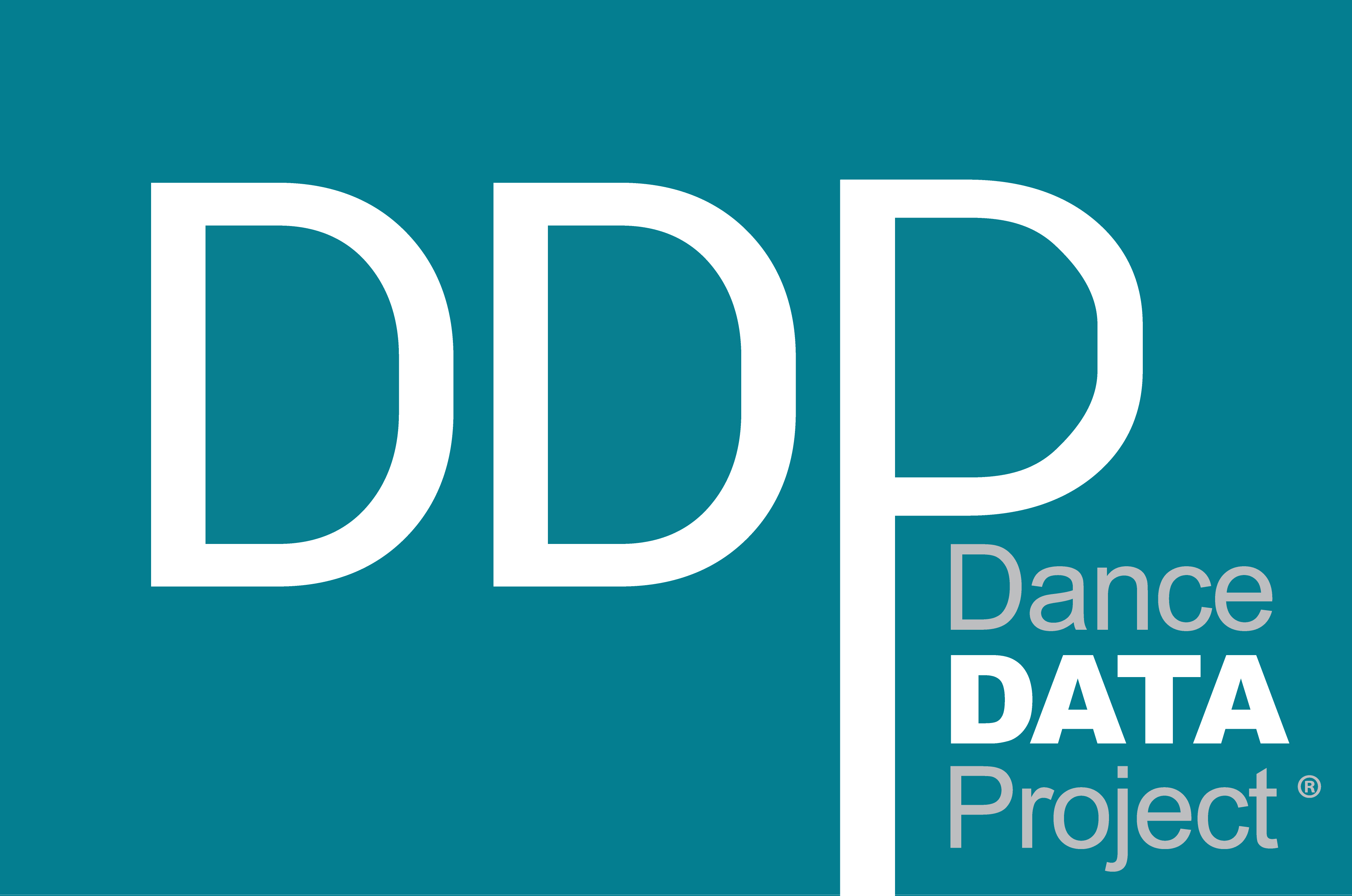The Atlantic: The Death of the American Dance Critic
"The Devil Ties My Tongue" by Amy Seiwert performed for the SKETCH Series, 2013. Photo by David DeSilva. Courtesy of Amy Seiwert's Imagery
April 30th: South Arts: Professional Development & Artistic Planning Grants, April 30th: South Arts: Express Grants, May 6th: Doris Duke Foundation Grant, May 7th: South Arts Individual Artist Career Opportunity Grant, May 27th: Dancemakers Residency, June 1st: Miami DanceMakers
×
"The Devil Ties My Tongue" by Amy Seiwert performed for the SKETCH Series, 2013. Photo by David DeSilva. Courtesy of Amy Seiwert's Imagery
By Madison Mainwaring
6 August 2015
Misty Copeland has become something of a household name in recent months. In late June, she became the first black ballerina to be named principal at American Ballet Theater, one of the most storied companies in the U.S., and her success is a milestone in the predominantly white world of ballet. But while her legacy is endlessly analyzed, her technical, lyrical, and theatrical abilities as a dancer are less frequently discussed: She can attack steps with fierce intensity, plays a great Juliet, and possesses unparalleled comedic timing. This is because hardly any of the countless stories published about Copeland have been written by dance critics—a dying breed of writers uniquely capable of offering informed commentary on the singular talents she brings to the stage.
Over the course of the last 20 years dance coverage—and dance criticism in particular—has been decimated in the mainstream press. This past April, Gia Kourlas left Time Out New York, where she had been dance editor for 20 years, after they eliminated her stand-alone section. The New York Post stopped commissioning regular reviews from its critic Leigh Witchel in 2013, and Jennifer Homans left The New Republic last year. The Village Voice and New York have both let go of their regular dance writers and editors in the past 15 years. The trend hasn’t been limited to New York, the dance capital of the U.S. either: Both the Los Angeles Times and the Orange Country Register laid off their critics, and the San Francisco Chronicle hasn’t had a full-time dance writer since 2004. “There aren’t many outlets to begin with, and every day you hear about another [critic] going down,” said Marina Harss, who writes about dance for The New York Times and The New Yorker.
Which leaves very few publications with house critics and editors who are dedicated to the art form. Today there are only two full-time dance critics in the country: Alastair Macaulay of The New York Times and Sarah Kaufman of The Washington Post. Some freelancers continue to publish reviews, but more likely than not the space for this kind of writing has been cut significantly. One could argue that though this trend is unfortunate, it’s almost expected given that dance concerts cater to small audiences, and the constituency reading about them tends to be even smaller still. But for a medium that can be difficult to understand, generalist coverage remains vital to the accessibility of the dance scene.
Read the full article in The Atlantic.
Reach out to us to learn more about our mission.
"The Devil Ties My Tongue" by Amy Seiwert performed for the SKETCH Series, 2013. Photo by David DeSilva. Courtesy of Amy Seiwert's Imagery

 DANCE DATA PROJECT® COLLABORATION WITH BERKELEY HAAS SCHOOL FINDS EQUITABLE...
DANCE DATA PROJECT® COLLABORATION WITH BERKELEY HAAS SCHOOL FINDS EQUITABLE...
Leave a Reply
Want to join the discussion?Feel free to contribute!